To chance upon a pocket of space in land-scarce Singapore is to have fortuitously arrived at an in-between moment in the city-state’s relentless urban march—a pause after something was demolished; a pause before a construction site emerges.
In that moment, the land is emptied but not empty. The urban fabric has opened up a space for contemplation: to think outside the boundaries of a city so neatly delineated by its state planners and real estate developers. As Singapore builds itself up to house a projected population of 6.9 million people by 2030, such temporary voids offer us a momentary frontier of possibilities, before they become concretized as urban structures again.
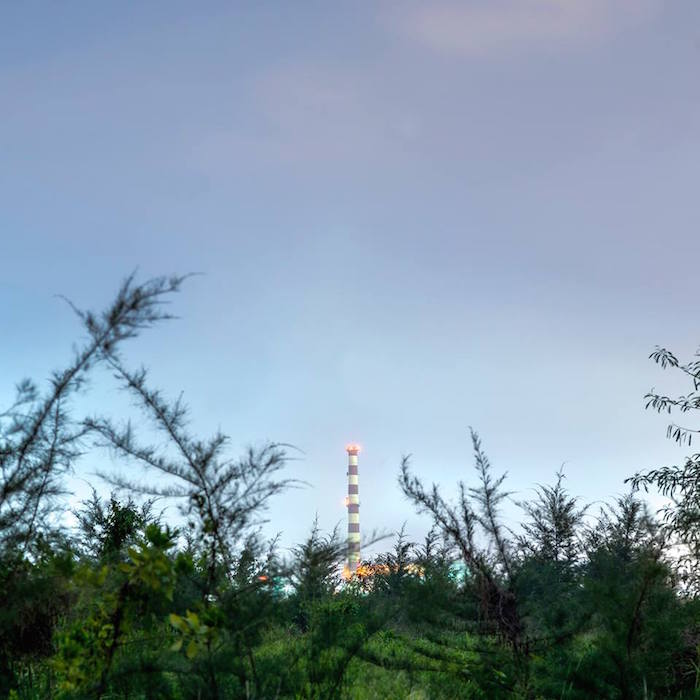
Towards Johor, Seletar North Link
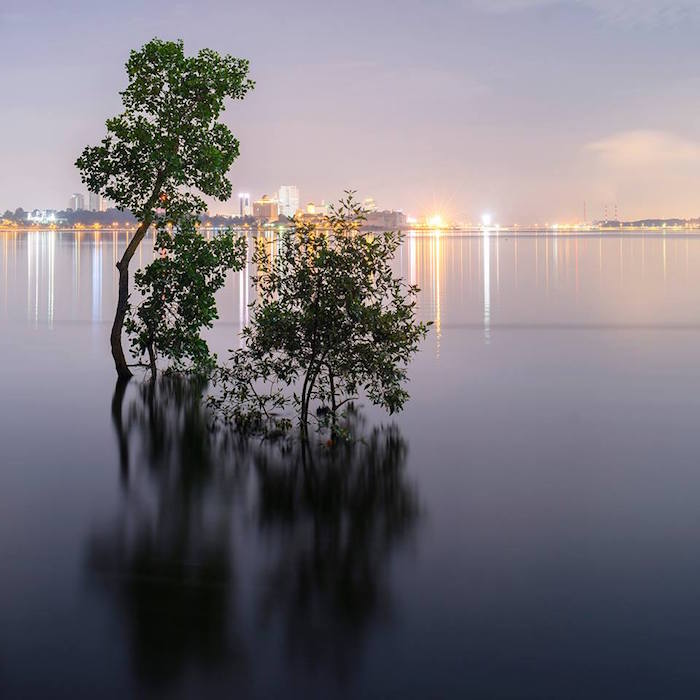
Mangrove, Kranji Park
In the vacancy are gaping reminders of what this city used to be. Before there was space, this was a place. People may not be in sight, but their familiar existence remains inscribed on these now unfamiliar grounds. Fences that neither block nor barricade, structures seemingly stranded in the middle of nowhere, and pipes connecting two ends that were never meant to meet. In this urban vacuum, nature creeps back into the picture. Grass that ignores landscaping requirements, trees that grow out of order, and the undulating coastline that refuses to be straightened are the resistance of Singapore’s roots.
These interstitial spaces remind us that beneath the concrete jungle of a city willed to form, lies a tropical island that, at every opportunity, resists the grasp of Singapore’s heavy hand. These spaces are faintly traced out by the glow of street lamps or a line of well-camouflaged fences. In the sweltering day, in our daily hustle and bustle, they are formless obstacles to our destinations. In the still of the night, they are invisible to our eyes so used to seeing a city for what is present, instead of what is now absent.
 Bukit Timah Hill, PUB Reserve next to Chestnut Avenue
Bukit Timah Hill, PUB Reserve next to Chestnut Avenue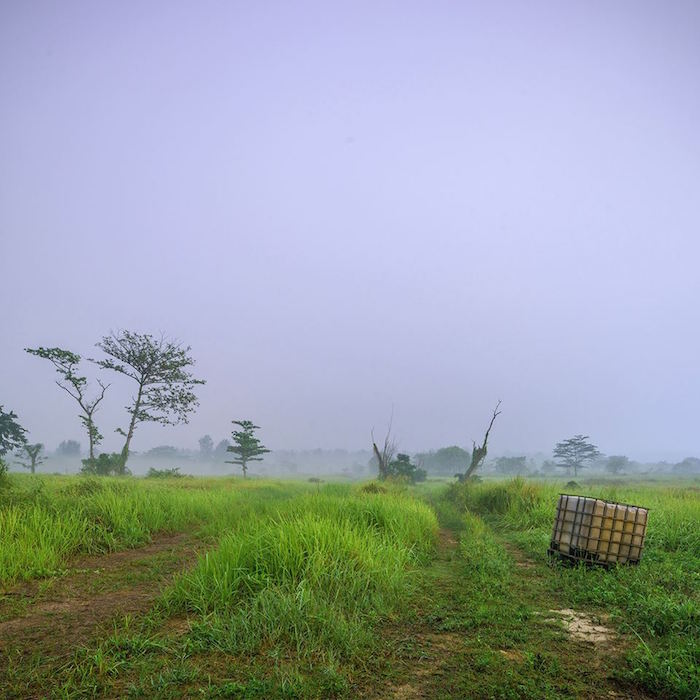 Open Space, Punggol Road
Open Space, Punggol RoadBut in the exactitude of strictly planned Singapore, it is precisely at those sites where development has momentarily halted that we have the frames to trace out the urbanization that inundates us. Such negative spaces offer a respite from the dense present, a hollowed-out foundation for our memories, and a tabula rasa on which to invent the future. They are the intervals that mark the rhythm of city life. In these moments, we begin to understand how the tune of Singapore’s progress after five decades has changed so much yet so little. This is a city built out of its emptied grounds, a country still growing by emptying lands from elsewhere to create empty terrain everywhere.
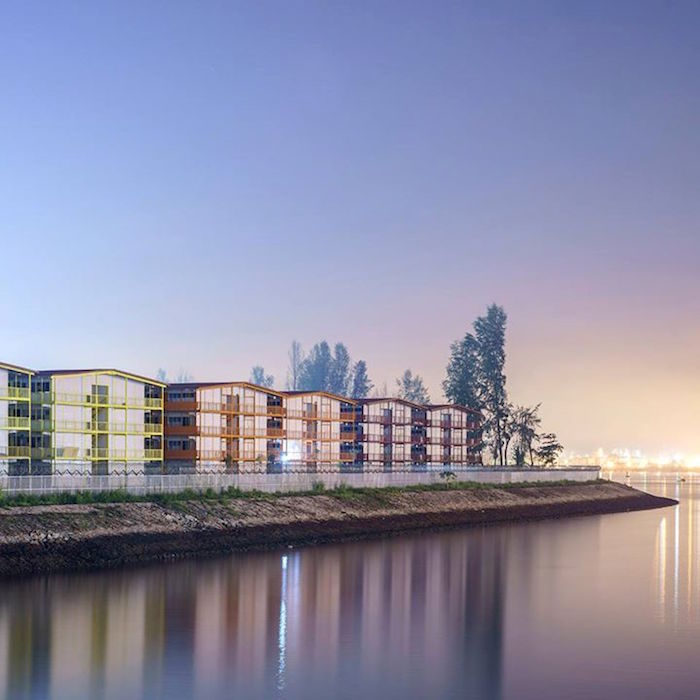 Foreign Workers Dormitory, Seletar North Link
Foreign Workers Dormitory, Seletar North LinkIn emptiness lies a plot that some call a site, and others see as space. A city is after all a canvas for its inhabitants to fill with meanings, memories, money and more. Out of this messy contest to claim and reclaim their space from the ground up, nothing is built into something, and nothing is left as nothing.
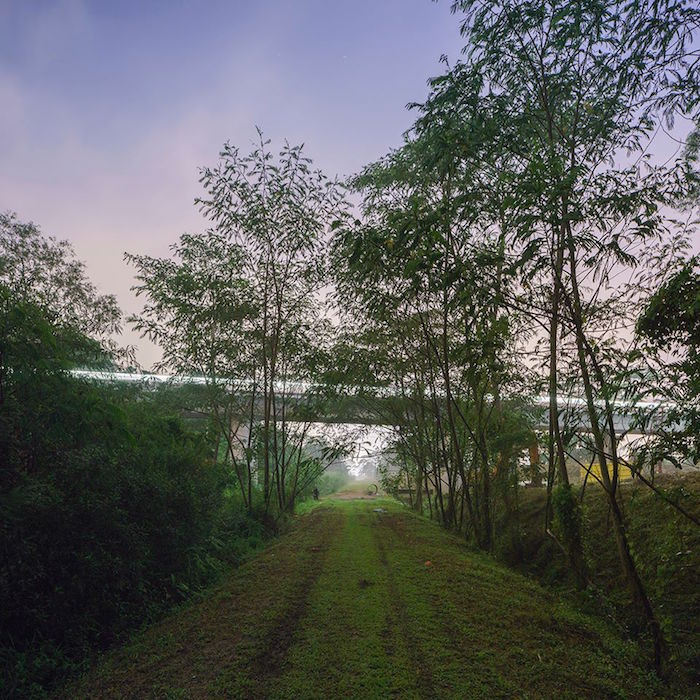
The Green Corridor, Kranji, near Sungei Kadut
All photos by and courtesy of Darren Soh. This is an edited version of an essay originally written for Soh’s photo book In the Still of the Night (While You Were Sleeping).
